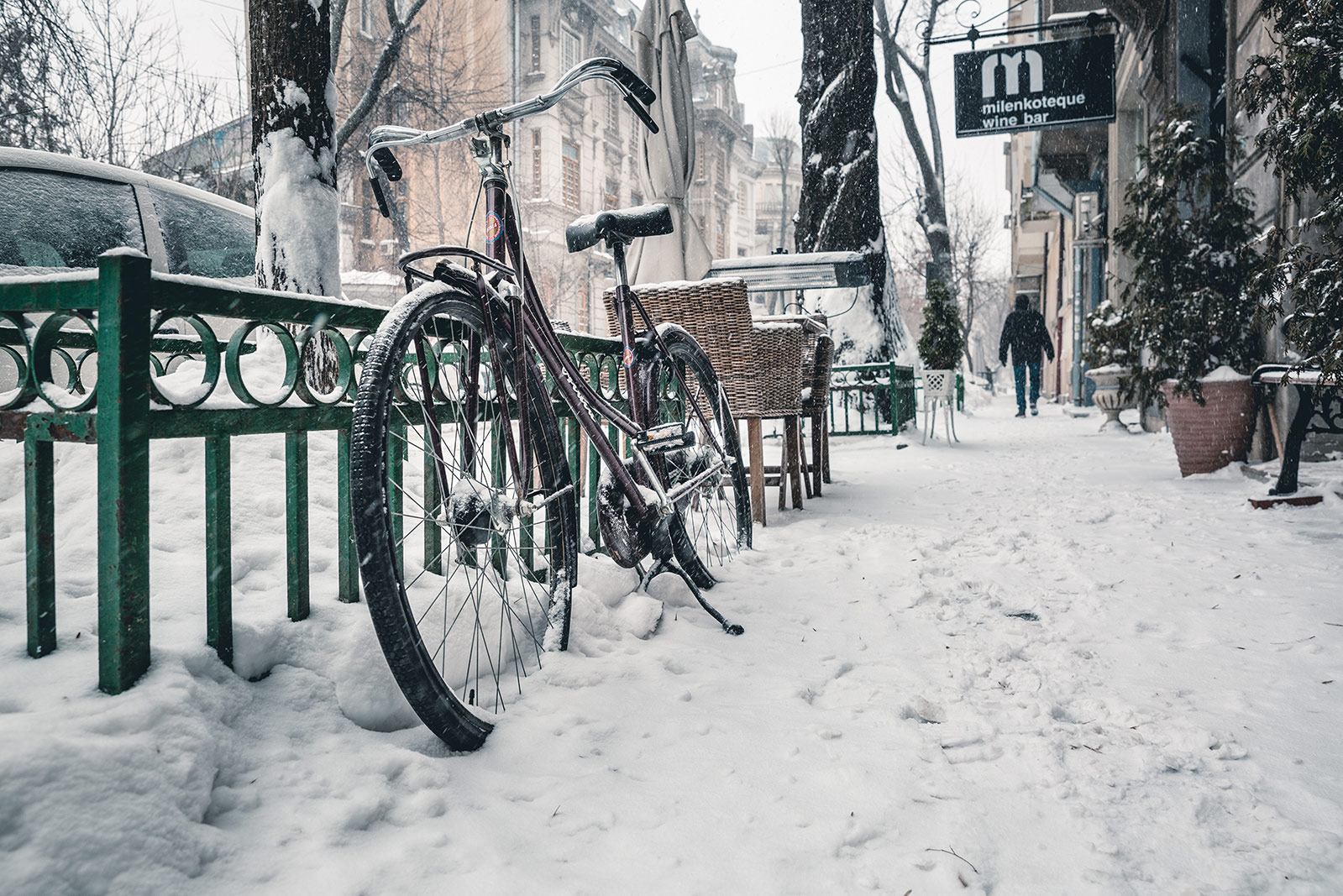A setting’s climate is composed of real and perceived conditions. These conditions frame the context’s atmosphere. Actual climate conditions can include conditions such as relative humidity or temperature. These conditions are not just limited to outdoor spaces—a room can feel muggy and humid, which can affect how products, services, and systems function and can also impact people’s comfort in the setting.
Perceived conditions, such as prevalent attitudes or mindsets at a place and time, also have a bearing on experience design scenes. During national economic prosperity, such as the 1980s in the United States, attitudes—the “climate” of the country was mostly positive and hopeful. These attitudes, caused by external factors, can affect the decisions people make. During economic prosperity, citizens tend to have more disposable income, so they tend to spend more money on items that may not be deemed “essential.”
